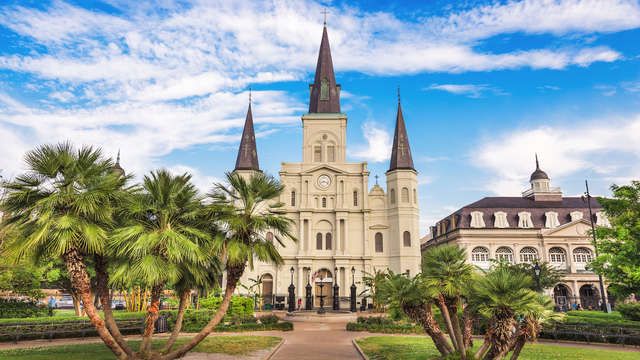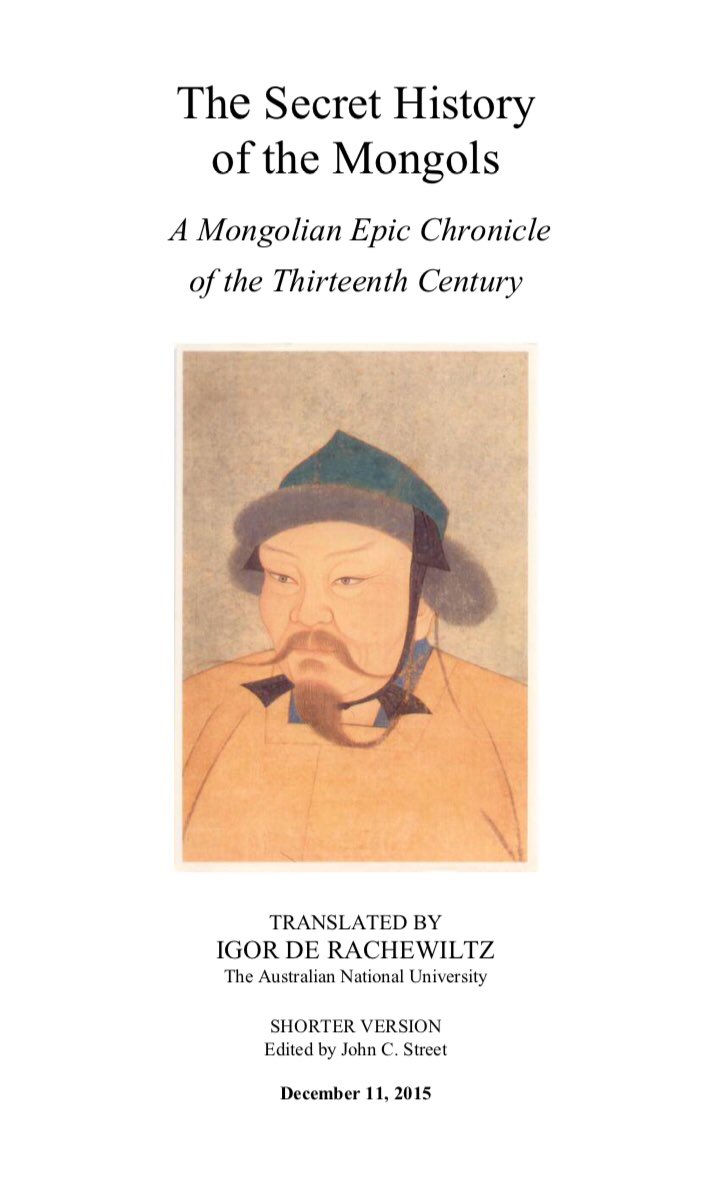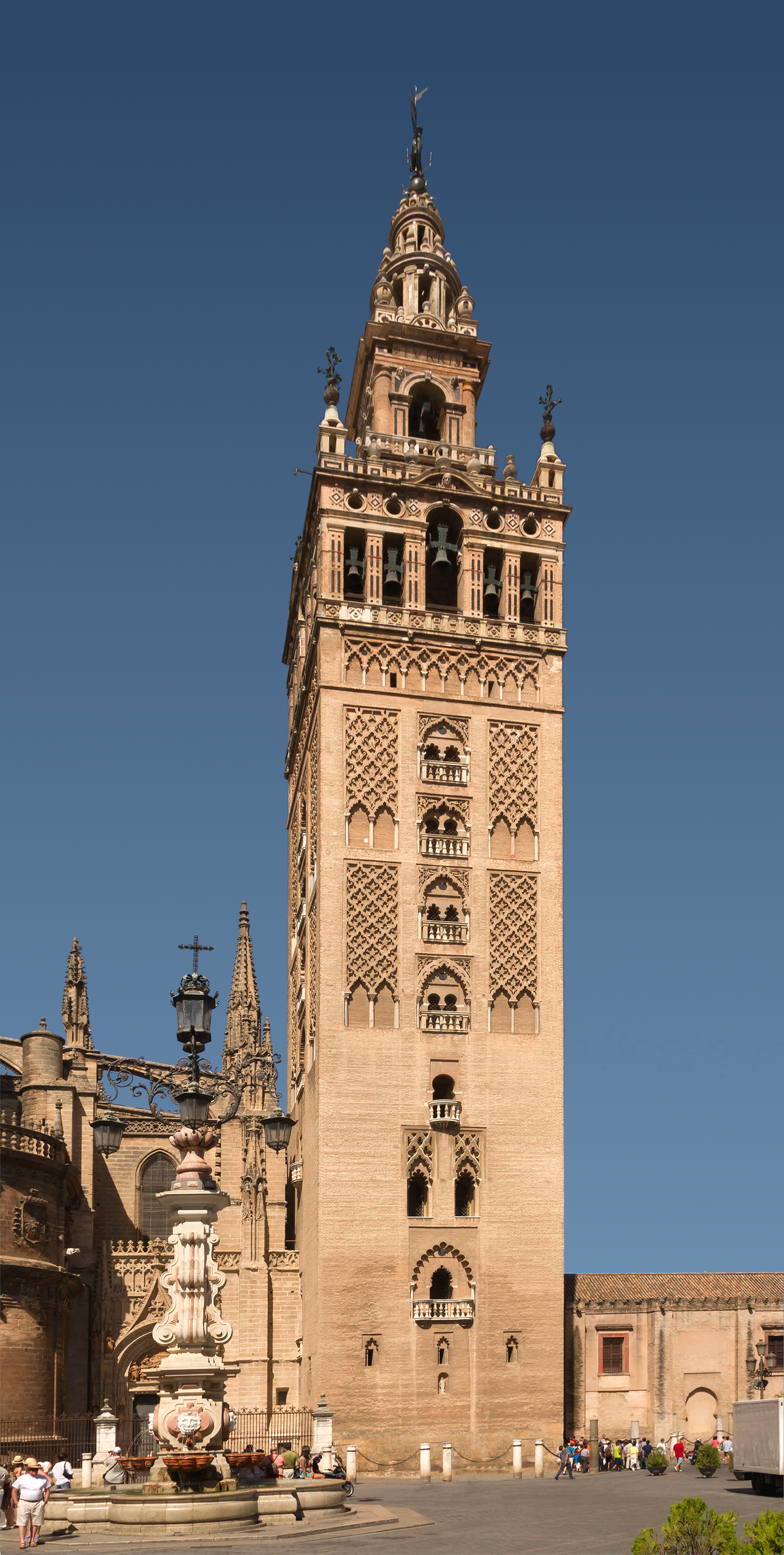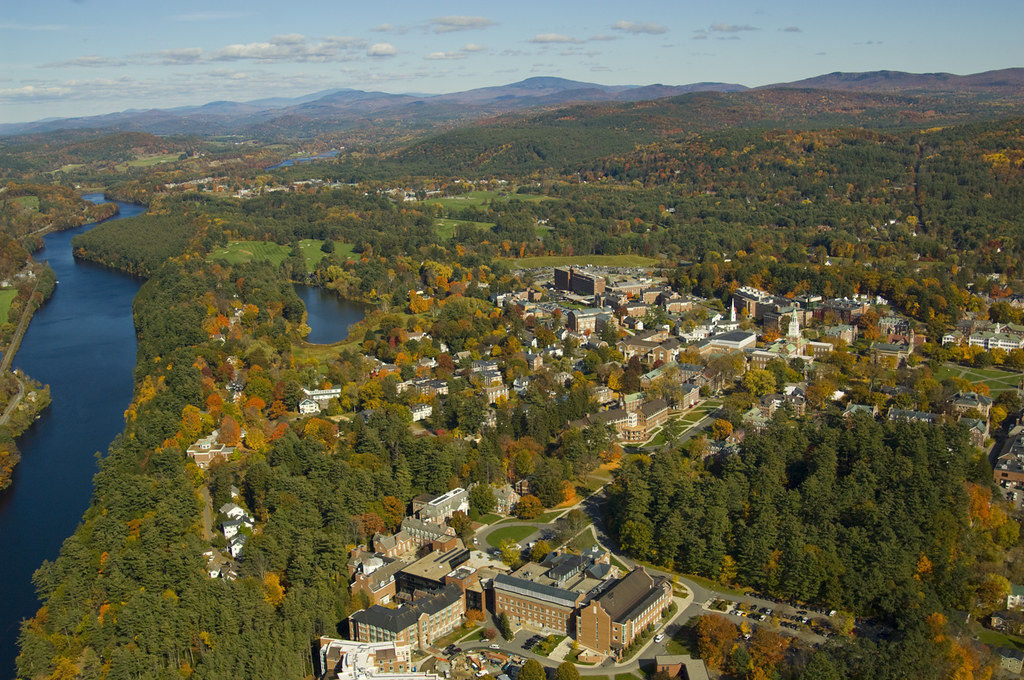The following is my newly-published article, which will be appearing in the April 2023 volume of Speculum: A Journal of Medieval Studies. The full article is accessible here and has been made freely-available for the next six months.
Abstract
This article seeks to contribute to larger scholarly conversations about the construction and deployment of difference in medieval borderland societies. It examines the ways in which genealogical notions of “Arabness” [ʿurūbiyyah], which expressed Islamic identity in terms of Arab lineage, structured the process of identity formation in Nasrid Granada (1232–1492). Through a close reading of the works of the Nasrid scholar-statesman Lisān al-Dīn ibn al-Khaṭīb (d. 1374) and his intellectual-political network, the article explores how Nasrid elites incorporated “Arabness” into the articulation of a local identity rooted in ethnic cohesion, religious exclusivity, and genealogical continuity. It argues that this constituted a particular strategy of identification that sought to differentiate Nasrid Granada from its neighbors and demarcate the boundaries between al-Andalus, Christian Iberia, and the Maghrib, even as these regions came to be tied even more closely together through political, intellectual, social, and mercantile networks between the thirteenth and fifteenth centuries. The article concludes with a consideration of the “racialization of religion” and the manner in which Ibn al-Khaṭīb integrated ideas about environmental determinism and physiognomy, alongside genealogy, to represent the religious and cultural traits of the inhabitants of Granada as fixed, immutable, and heritable characteristics, the product of both lineage and environment. Through an examination of the racialized production of difference within the dynamic borderland context of late medieval Iberia, this article seeks to invite broader comparative approaches that integrate the medieval Islamic world into discussions about race, racialization, and ethnicity in the Middle Ages.
https://www.journals.uchicago.edu/doi/10.1086/724117












